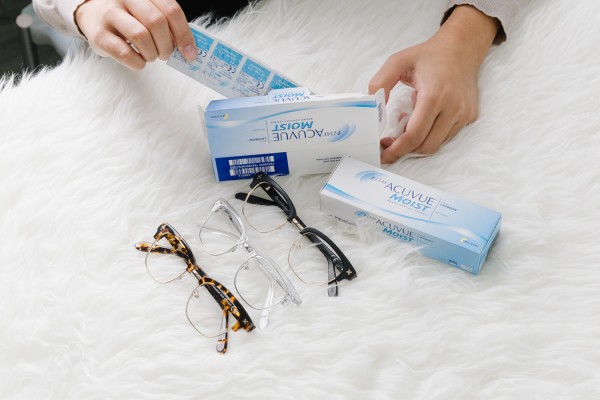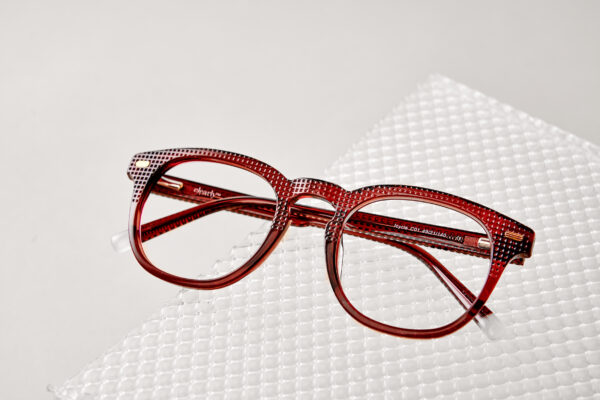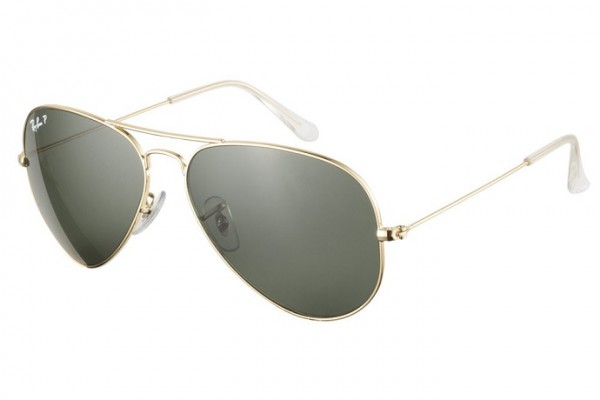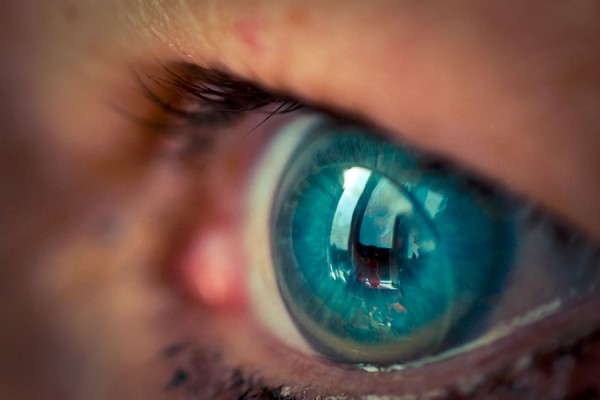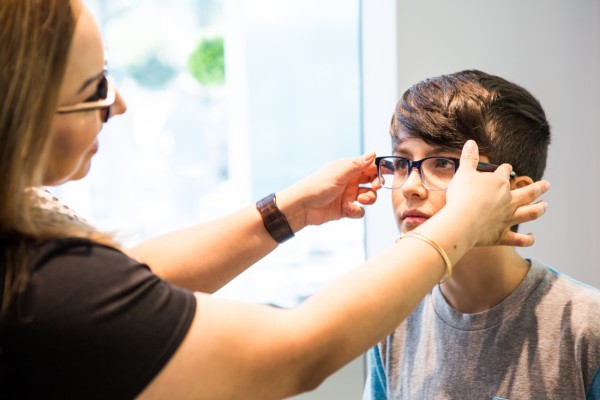The short answer? No.
You’ve been told to take out your contacts before calling it a night, right? But sometimes you forget, or you’re too exhausted to muster up enough strength to do it.
If you find yourself in one of these situations, you may be putting your sight at risk of an eye infection— even if it’s just one night.
We met optometrist Justin Asgarpour, to find out more about what happens if you sleep with your contact lenses in (and what to do if you wake up and realize you’re guilty as charged).
- What happens if I sleep with my contacts in?
- What to do if you accidentally wear your contacts for too long
- Contact lens wear schedule: Dailies, weeklies, and monthlies
- Tips for healthy contact lens habits
What happens if I sleep with my contacts in?
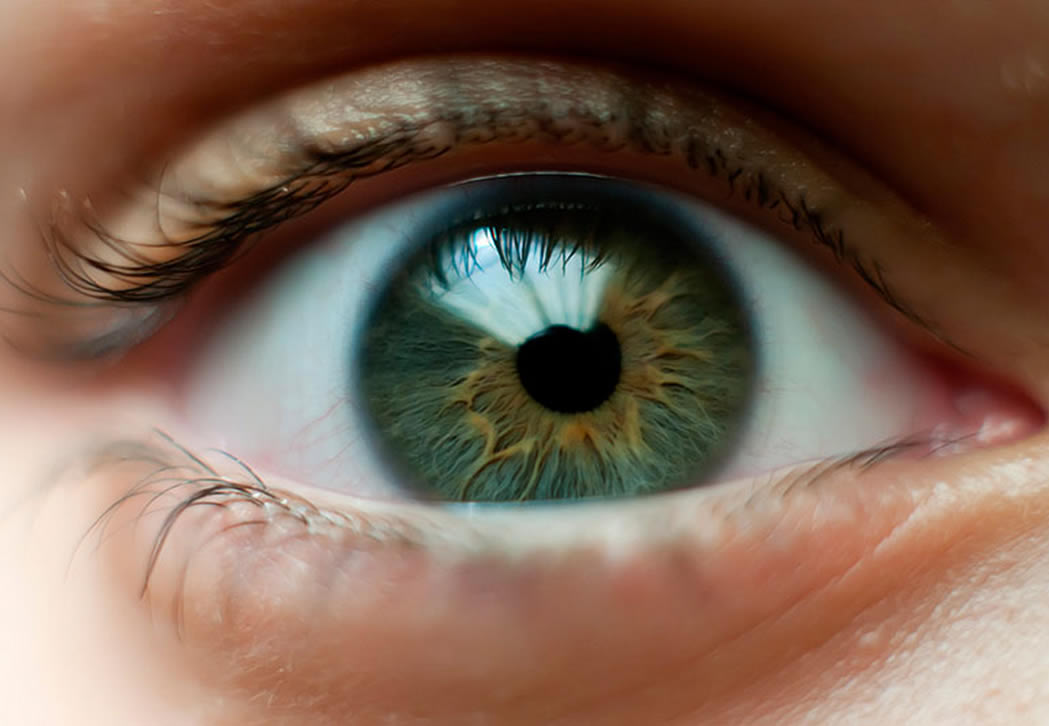
When you’re awake, your contact lenses move slightly with every blink to allow your eyes to receive oxygen. While sleeping, oxygen supply is reduced because your eyelids are shut and you can’t blink or expose your eyes to the air.
Normally, when you’re asleep the blood vessels in your eyelids will supply some oxygen, though scarcely. If you sleep in contact lenses, it’ll obstruct this flow and further decrease oxygen supply.
This can lead to some risky conditions with long, scary-sounding names:
- Keratitis (eye inflammation) is caused by bacteria and overwearing contacts.
- Corneal neovascularization is caused by lack of oxygen to the cornea for a long period of time, and happens when oxygen is severely limited, resulting in new blood vessels to grow visibly on your cornea.
- Corneal abrasion, which can occur when lenses tighten on your eyes, causing tiny tears or scratches that may amplify inflammation and infection.
Ouch. That’s why it’s so important to remove your contacts before sleeping or napping.
What to do if you accidentally wear your contacts for too long
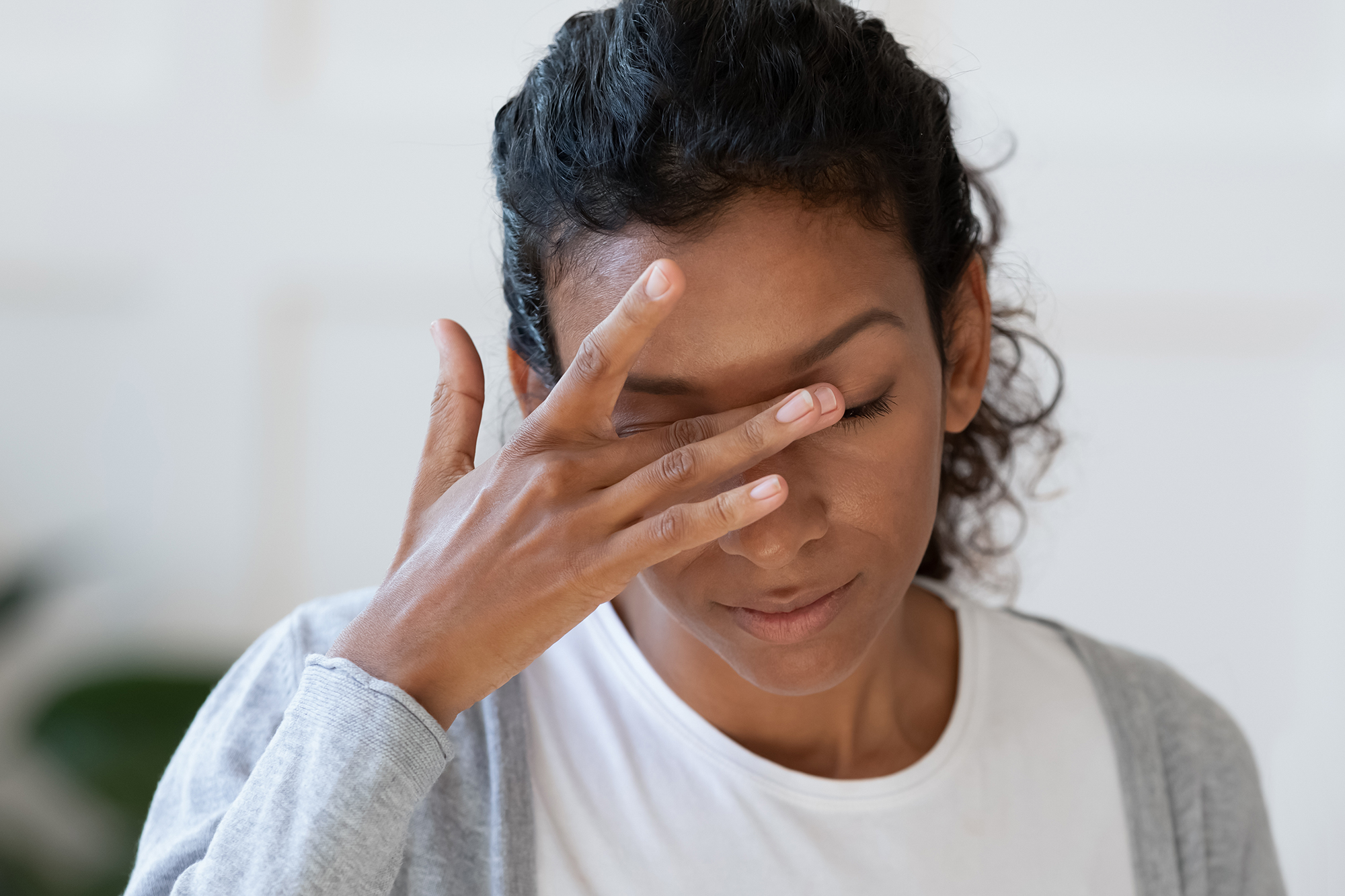
If you accidentally wear your contacts overnight or longer than you should, they may dry out and appear stuck to your eyes. Don’t panic – here’s what to do:
- Wash and dry your hands
- Remove them by carefully blinking a few times
- If that doesn’t work, use rewetting drops until the surface of your eyes is lubricated
Your eyes may feel tired, scratchy, dry or irritated. Avoid putting in a fresh pair and wear glasses for the rest of the day to restore moisture balance for your eyes.
Watch out for signs of infection, such as:
- Red and painful eyes
- Watery discharge
- Light sensitivity
- Burning or itching sensation
- Swelling or inflammation
- Excess tears
You can risk long-term damage to your eyes if symptoms persist. Call your eye doctor immediately for advice.
Contact lens wear schedule: Dailies, weeklies, and monthlies
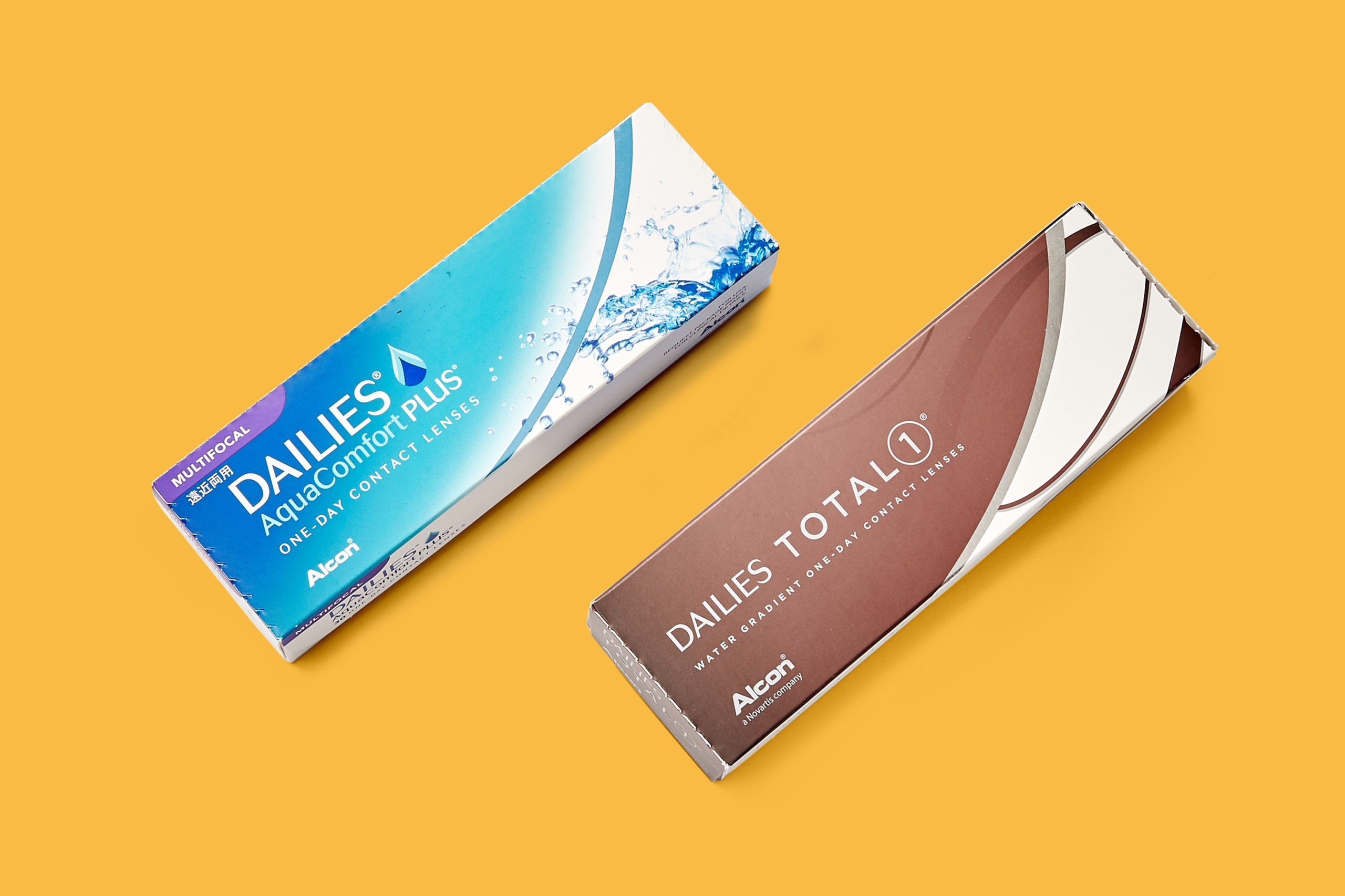
Typical lens wear schedules start the moment you open the lens packaging, regardless of how you use them:
- Daily disposable contact lenses are intended to be used once, then thrown away. For example, if you wear daily contacts for a few hours a day, you must dispose them after removal instead of keeping them until the end of the day.
- Weekly or bi-weekly contact lenses can be used more than once and will require cleaning upon insertion and removal. For example, weekly contacts can be worn up to a week from opening. If you wear them twice a week, you must discard them at the end of the week instead of keeping them longer.
- Monthly contact lenses can be worn for up to 30 days from opening and will need regular cleaning. For example, if you wear them 20 days a month, you must throw them away at the end of the month.
- Extended wear contacts can be worn overnight, but it does not mean you never have to remove them. For example, some brands offer up to 30 days of extended wear – if you wear them to bed at night, it’s recommended to sleep without them at least once a week to let your eyes recover.
Consult your eye doctor to determine if these contacts are suitable for your eyes. Even if they are designed for continuous wear, taking them out every night will be safer and less risky than sleeping in your contacts, so your eyes can receive sufficient oxygen to function normally.
Quick tips on how to keep your eyes healthy in contacts
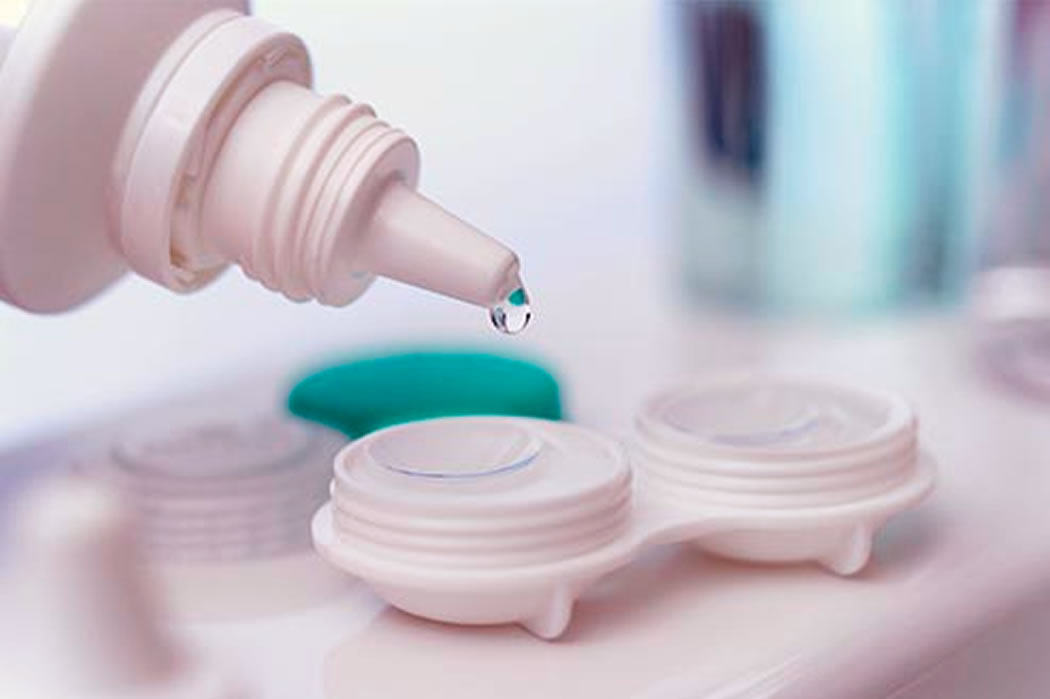
Getting your eyes checked regularly can help maintain your eye health and ensure your contact lens prescription is up to date. Proper lens hygiene can minimize the risk of eye infections:
- Always wash and dry your hands before insertion and removal
- Follow the manufacturer’s instructions on soaking and disinfecting your lenses with multipurpose solution or peroxide solution
- Never use water, saline water, or spit (you’d be surprised…) to clean lenses
- Avoid water exposure of any kind (swimming pool, hot tub, lake, or sea water) during contact lens wear
- Always store contacts in fresh lens solution and discard after using
- Follow lens wear schedule and throw away lenses after their wear time is over
- Replace contact lens case every three months
- Avoid sleeping in your contacts unless specified

Sleeping or napping in your contacts—including dailies that can be thrown away at the end of day—is not worth the risk, even if it’s just for an hour. Get in the habit of bringing a backup pair of contacts, glasses, or a travel-sized solution and lens case.
When was the last time you had your eyes checked? Book an eye exam at a store near you today!
Is your contacts prescription up to date? Find great deals on dailies, weeklies and monthlies online now and get fast shipping and delivery.
Read more:


